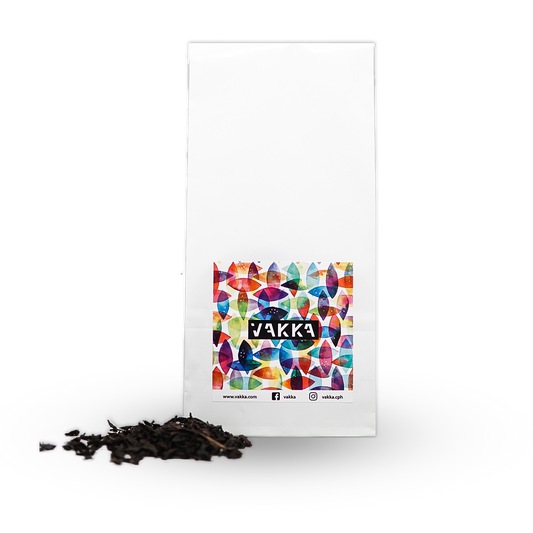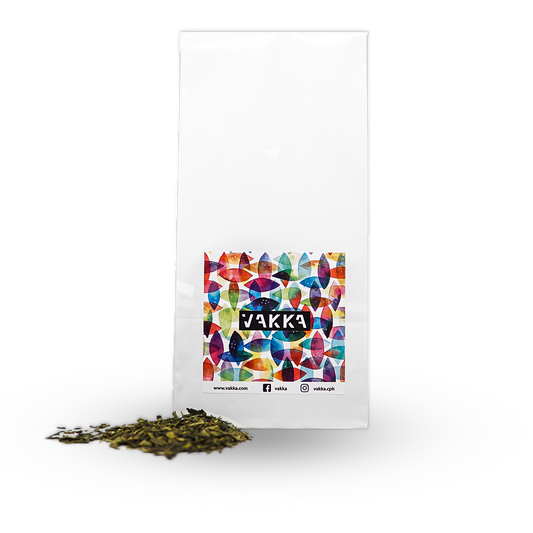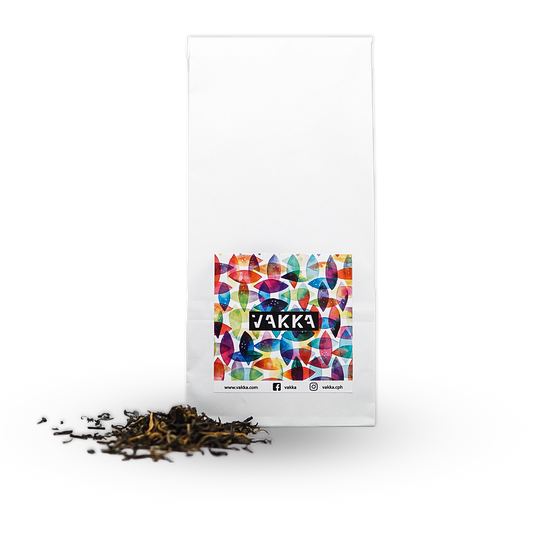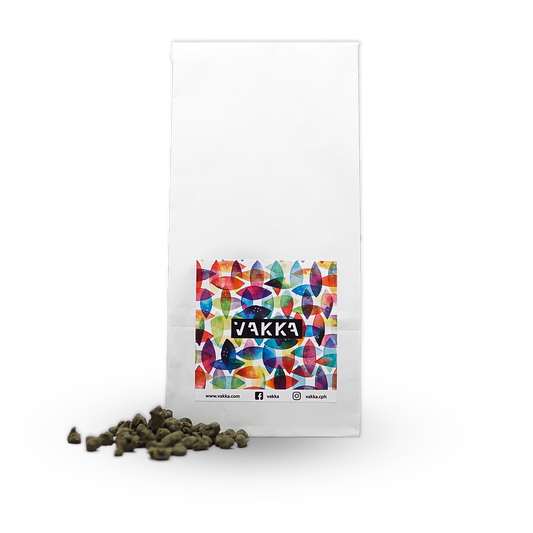Scoby: The secret ingredient behind kombucha
If you're interested in probiotic drinks, you've probably come across kombucha. Kombucha is a fermented tea known for its health benefits and refreshing taste. Besides a good organic green or black tea, the secret ingredient in kombucha brewing is the scoby.
What is Scoby?
Scoby stands for "symbiotic culture of bacteria and yeast" and is at the heart of kombucha brewing. It is a jelly-like, thick and transparent texture that floats to the top of the kombucha brewing vessel. Scoby is a living organism that consists of a symbiosis of different bacteria and yeast strains. It is the Scobyen that is responsible for fermenting the sugar in the sweet tea and converting it into probiotics, enzymes, acetic acid and carbonic acid that give kombucha its characteristic taste and bubbles. It acts as a "mother culture" and produces a new scoby with each brew, allowing you to share it with others or start multiple kombucha projects.
How to use the scoby to make kombucha:
First of all, you need to get yourself a scoby, which you can buy in VAKKA tea bar in Elmegade or in our webshop. Choose your organic tea and sugar. VAKKA's organic teas (green or black) work well for this purpose, as they do not contain oily essences or aromas that can harm the scoby.
We also recommend using organic sugar, as it ensures better fermentation.
When you need to make kombucha, you can reuse tea leaves that you have previously used for your tea brewing. Therefore, remember to keep your tea leaves in the freezer, so that you have enough tea leaves to start your kombucha production.
When you start making kombucha, take your tea leaves and put them in boiling water for about 15 minutes. Then add the sugar and stir until dissolved. Then let the mixture cool. Pour the cooled tea into a clean glass container and add your scoby and some kombucha from a previous brew or some of VAKKA's kombucha. Cover the container with a piece of breathable fabric and ensure that the mixture is tight with an elastic band.
Let the kombucha ferment for approximately 7-14 days at room temperature. During fermentation, the Scoby breaks down the sugar in the mixture, so the longer it ferments, the more sour it will become. Taste the mixture along the way to find the desired balance between sweetness and sourness.
Once the kombucha has reached the desired flavor, remove the scoby and some kombucha from the top and store in a clean container. You can get the finished kombucha in bottles that must be sealed tightly. Then store them at room temperature for another 1-3 days to create carbonation and then we recommend refrigerating the kombucha to completely stop fermentation.
Tips for using the Scoby when making Kombucha:
Remember to maintain a clean and sterile working environment when handling the scoby and equipment as this helps prevent unwanted bacterial growth.
If your scoby develops a brownish color or smells bad, this may be a sign that it has become infected or died. It is best to replace it with a fresh scoby.
You can experiment with different flavorings to create your own unique kombucha variant, e.g. you can add fruit juice, herbs or spices during fermentation to add extra flavor and variety.





